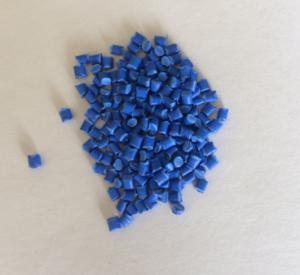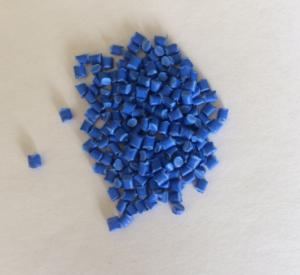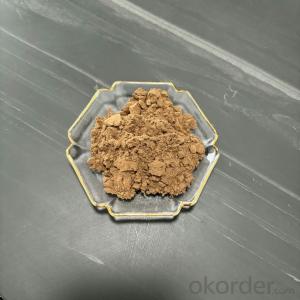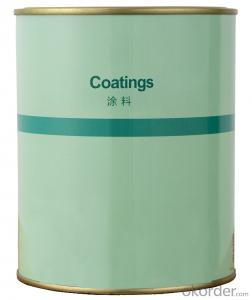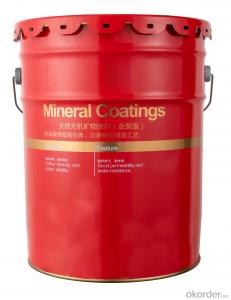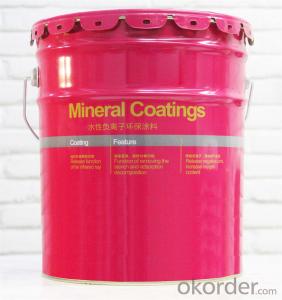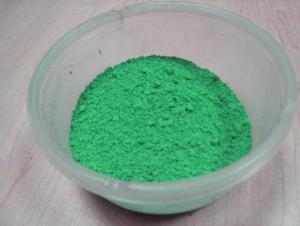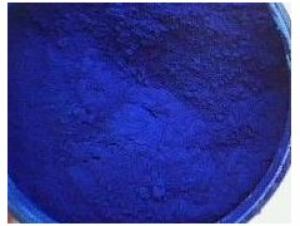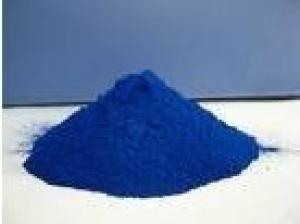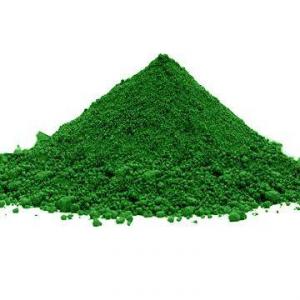Europe Standard Foaming masterbatch For Sale
- Loading Port:
- Ningbo
- Payment Terms:
- TT or LC
- Min Order Qty:
- 1000 kg
- Supply Capability:
- 15000 kg/month
OKorder Service Pledge
OKorder Financial Service
You Might Also Like
Specifications
Masterbatch is a solid or liquid additive for plastic used for coloring plastics.
Advantage:
1.This series color masterbatches are of high concentration pigment with bright colors.
2.When they are used in resins, it shows better dispersing and stablility performance.
3.Also the mixture has the highest mechanical intensity preservation rate.
4.A broad standard color range available from stock as well as tailor made products develop according to customer requirements.
Resin Suitability
1.Polyolefine : HDPE,LDPE,LLDPE,PP,EVA,TPE,PVC,etc.
2.Non-Polyolefine: PET, PBT, PC, PA, ABS,AS,PS,POM,etc.
Application Areas
1.Fiber ( Carpet, Textiles, Upholstery, etc.)
2.Film ( shopping bags, casting film, multilayer film, etc.)
3.Blow Molding ( Medical & Cosmetic container, Lubricant & Paint container, etc)
4.Extrusion Molding ( Sheet, Pipe, Wire & Cable, etc.)
5.Injection Molding ( Automotive, Electronic, Construction, House wares, Furniture, Toys, etc.)
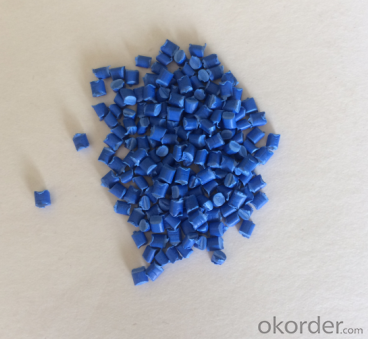
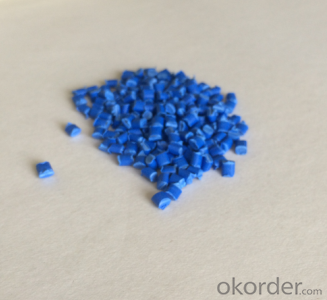
- Q:what is the relationship between chlorophyll a, accessory pigment?
- Chlorophyll is the pigment that allows plants—including algae—to convert sunlight into organic compounds in the process of photosynthesis. Chlorophyll a is the predominant type found in algae and cyanobacteria (blue-green algae), and its abundance is a good indicator of the amount of algae present in the waters of the Chesapeake Bay. Excessive quantities of chlorophyll a can indicate the presence of algae blooms. These usually consist of a single species of algae, typically a species undesirable for fish and other predators to consume. Unconsumed algae sink to the bottom and decay, using up the oxygen required by other plants and benthic organisms to survive. The presence of too many nutrients, such as nitrogen and phosphorus, can stimulate algal blooms and result in reduced water clarity. Chlorophyll a also plays a direct role in reducing the amount of light avalable to plants in shallow-water habitats. This directly impacts the ability of underwater bay grasses to thrive. Like their terretrial cousins, grasses need sunlight to grow. As chlorophyll a levels increase, the amount of sunlight reaching underwater grasses declines. Chlorophyll a is the main pigment, chlorophyll b and carotenoids are accessory pigments. accessory pigments help broaden the absorbtion spectrum, as chlorophyll a absorbs violet-blue and red light. with the addition of accessory pigments chlorophyll b and carotenoids, yellow-green (chlor b) and violet and blue-green light (caro)
- Q:What pigments are used in photosynthesis?
- Chlorophyll(green) is the primary pigment used in photosynthesis. Besides chlorophyll, plants also use pigments such as carotenes(orange) and xanthophylls(yellow).
- Q:In photosynthesis whats the difference between primary and accesory pigments?
- I think the primary pigment is/are the pigment(s) that lose the powered-up electrons. In plants this is typically chlorophyll a. The accessory pigments pass energy along to the photosystems, but (I think) do not themselves lose electrons.
- Q:(Explain what happens when a pigment molecule is struck by electromagnetic radiation in the visible light spectrum.)
- pigments are molecules that absorb electromagnetic radiation. For example, the chlorophyll pigment in plants absorbs blue and red light, which is why they reflect green light (since green is the color not absorbed). Another example is melanin, which is the pigment that darkens the skin of people. Melanin absorbs UV to protect the skin. A pigment molecule struck by EM radiation in the visible region may absorb some of the light depending on what pigment it is.
- Q:Please and thank you, it doesn't say so on the website.
- Mac Pigment Ingredients
- Q:can the pigment know as Chinese purple form a matter wave in certain circumstances?
- Scientists explore atomic mysteries of ancient pigment LOS ALAMOS, N.M., Nov. 18, 2004 -- University of California scientists from the National High Magnetic Field Laboratory, Pulsed Field Facility at Los Alamos National Laboratory, working with colleagues from Tokyo Metropolitan University, the University of Buenos Aires in Argentina, the National Institute of Chemical Physics and Biophysics in Estonia, the National High Magnetic Field Laboratory in Tallahassee, Florida and the University of Tokyo, have discovered an ideal candidate for Bose-Einstein condensation in the ancient Chinese pigment, Han Purple. In research featured recently on the cover of Physical Review Letters, the team describes how the application of a strong magnetic field to Han Purple (BaCuSi2O6) creates a gas of bosonic spin triplet excitations. The field acts as a chemical potential causing the weakly interacting bosonic gas to undergo Bose-Einstein condensation (BEC) when the temperature is reduced to minus 453 degrees Fahrenheit, six orders of magnitude higher than the temperature normally required for BEC in atomic gases.
- Q:Many of the microorganisms found on environmental surfaces are pigmented. Of what possible advantage is the pigment?
- Pigments have many advantages for the cell. They can absorb light to be used in photosynthesis. Specific pigments absorb light in a specific range - so the more pigments the more light can be absorbed and used for photosynthesis. Pigments also protect the cells from damage by UV radiation. More recently it has been suggested that some pigments inhibit the growth of some microorganisms.
- Q:Can someone describe the role of accessory pigments in photosynthesis?
- help the primary pigments gather sunlight and adds color to the plant
- Q:what roles do pigments have in energy transfer?
- Pigments okorder /... When a photon of just the right amount of energy strikes an electron resonating in the pigment, the electron can absorb the photon and get promoted to a higher quantum level. The photon must have just the exact amount of energy to boost the electron from its current level to its new level or it cannot be absorbed. If the incoming photon is just right to promote an electron, in that pigment, the newly energized electron resonates along the bonds at the higher energy level where it can pass to the photosynthetic reaction center from the pigment array, to split water and take back an electron. Meanwhile the chlorophyll's electron passes to the electron transport chain to begin oxidative phophorylation.
- Q:I hear about it cause my Friend is albino and she was born with no pigments in her hair,skin or eyes
- a pigment is a naturally produced substance in humans and nature in general, that reflects light that is perceived by our eyes as colour -a person without pigment would show totally white hair, and pale pink skin and eyes (the pink is from the blood vessels) -we have it to protect us from the sun --> naturally dark or tanned people have lots, rarely get burned or skin cancer; fair-skinned people were designed for the northern areas with less sunlight, burn easily
1. Manufacturer Overview |
|
|---|---|
| Location | |
| Year Established | |
| Annual Output Value | |
| Main Markets | |
| Company Certifications | |
2. Manufacturer Certificates |
|
|---|---|
| a) Certification Name | |
| Range | |
| Reference | |
| Validity Period | |
3. Manufacturer Capability |
|
|---|---|
| a)Trade Capacity | |
| Nearest Port | |
| Export Percentage | |
| No.of Employees in Trade Department | |
| Language Spoken: | |
| b)Factory Information | |
| Factory Size: | |
| No. of Production Lines | |
| Contract Manufacturing | |
| Product Price Range | |
Send your message to us
Europe Standard Foaming masterbatch For Sale
- Loading Port:
- Ningbo
- Payment Terms:
- TT or LC
- Min Order Qty:
- 1000 kg
- Supply Capability:
- 15000 kg/month
OKorder Service Pledge
OKorder Financial Service
Similar products
New products
Hot products
Related keywords
